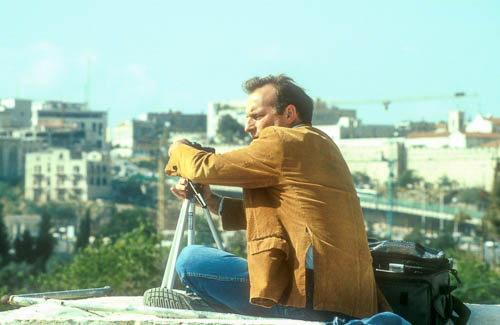Italian scientists have confirmed a large underground complex beneath the Giza Plateau using satellite data.
Turkish Archaeological News rounds up the top stories for the month of November.
Reporters were invited to view renovation work in the Pergamon Museum in Berlin. Some areas will reopen in 2027.
The Times of Israel interviewed Thomas Levy in connection with the release of his graphic autobiography.
Ben and Ann Witherington are hosting a tour of Egypt in early 2027.
Appian Way has produced a 7-minute video explaining why the Madaba Map is so important for biblical studies.
New release: Jehu’s Tribute: What Can Biblical Studies Offer Assyriology?, edited by Jeffrey L. Cooley and Rannfrid I. Lasine Thelle (Eisenbrauns, $100, or cheaper at Amazon)
New release: Narrating Archaeological Sites and Places: Fifty Years of the Madaba Plains Project at Tall Hisban, Tall al-‘Umayri, and Tall Jalul, edited by Douglas R. Clark, Øystein S. LaBianca and Randall W. Younker (Equinox, $120; Amazon)
New release: Past Perfect? The Archaeologies of Mandate Palestine 1917-1948, by Raz Kletter (90 euros)
The Biblical Archaeology Society is offering several classes in 2026:
- “Women in the New Testament and Early Christianity,” taught by Elizabeth Schrader Polczer
- “Historically Confirmed Figures in the Hebrew,” by Lawrence Mykytiuk
- “Ancient Texts and Scribes,” by Alice Mandell
A seminar of Ancient and Medieval Middle East (AMME) at the University of Helsinki will feature two talks on ancient waste:
- “Trash and Treasure: Con-textualizing Trash at Oxyrhynchus,” by AnneMarie Luijendijk (Zoom)
- “Down the Drain: What Trash Reveals about Bathing Culture in Late Antique Jerash,” by Louise Blanke (Zoom)
The Ancient Near East Today lists the top archaeological discoveries of the year.
Archaeology Magazine identifies the top 10 discoveries of 2025.
The AP posts drone footage of the Colosseum of Rome.
HT: Agade, Ted Weis, Alexander Schick, Explorator
